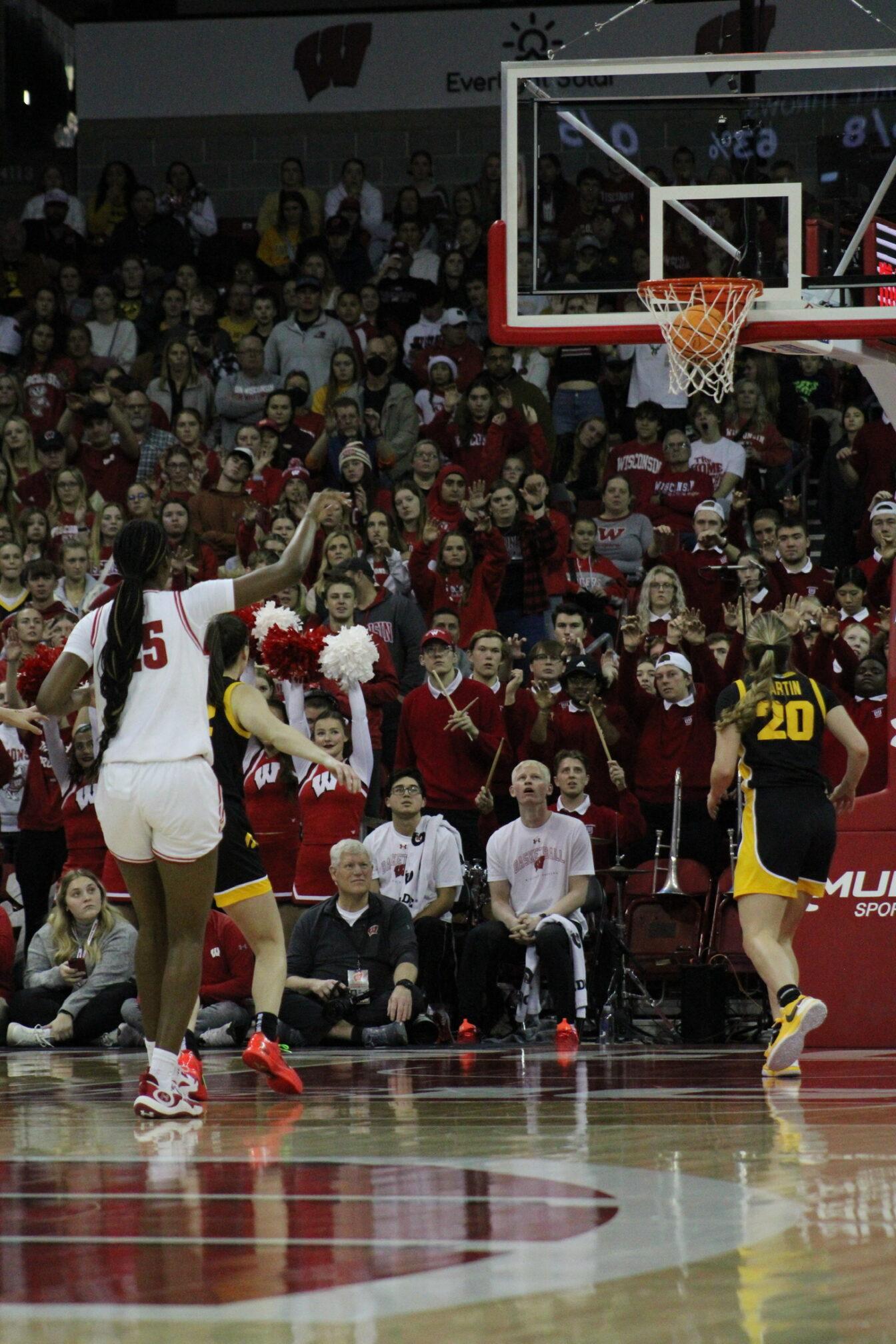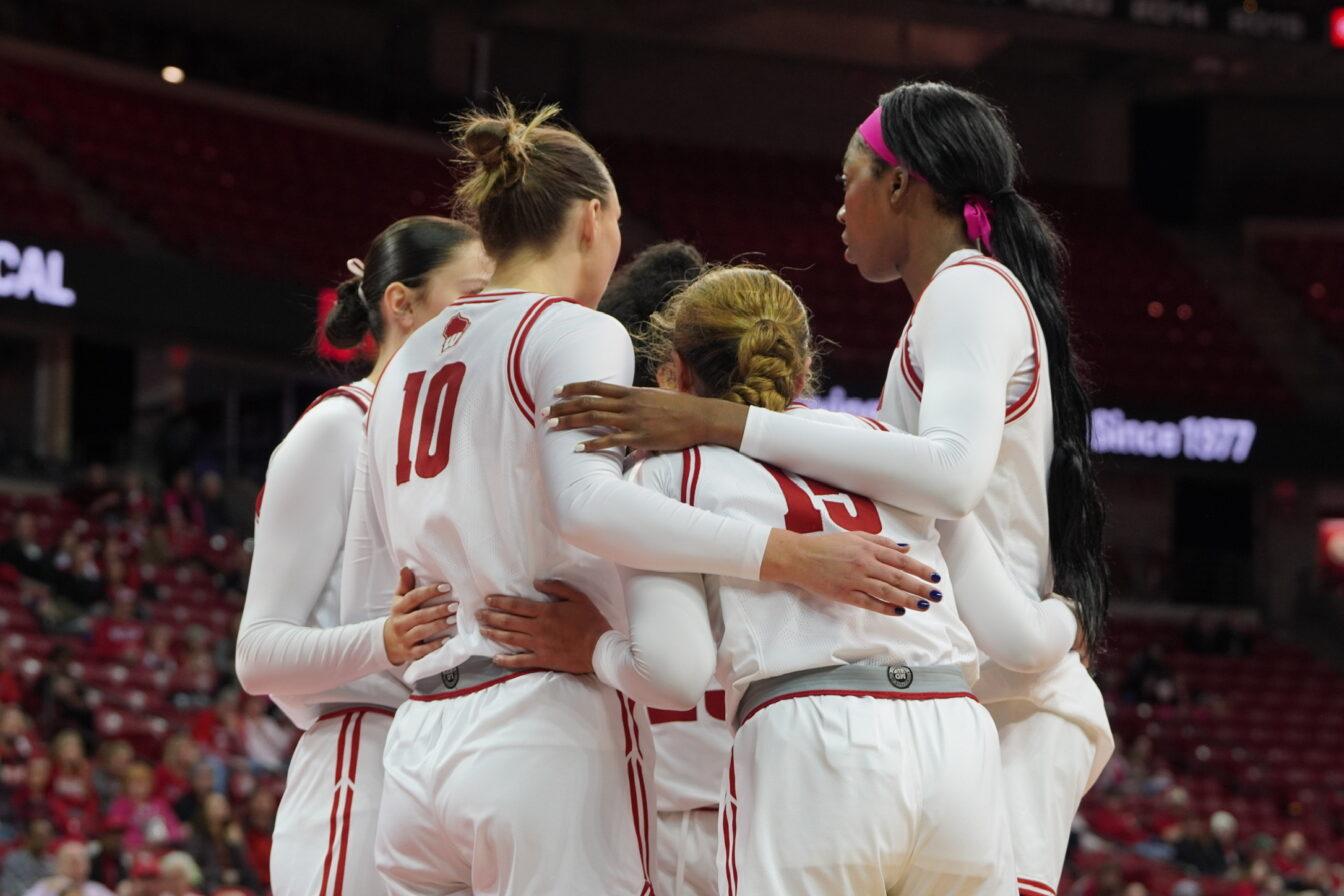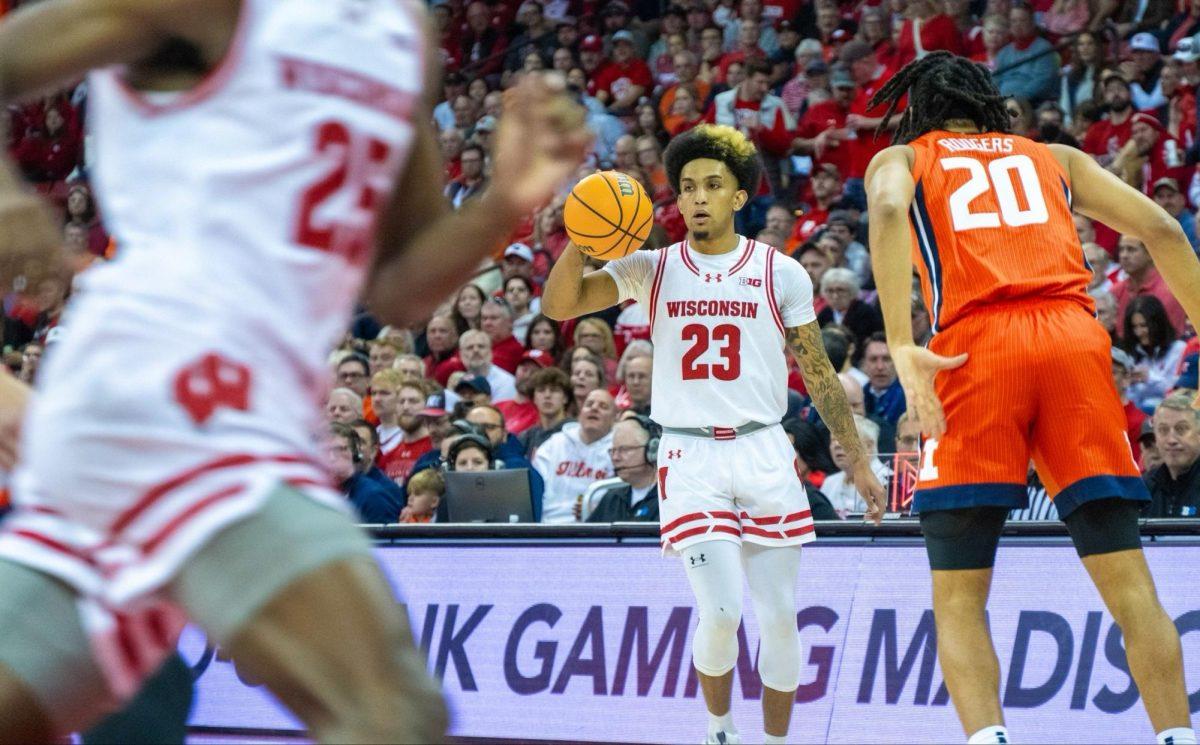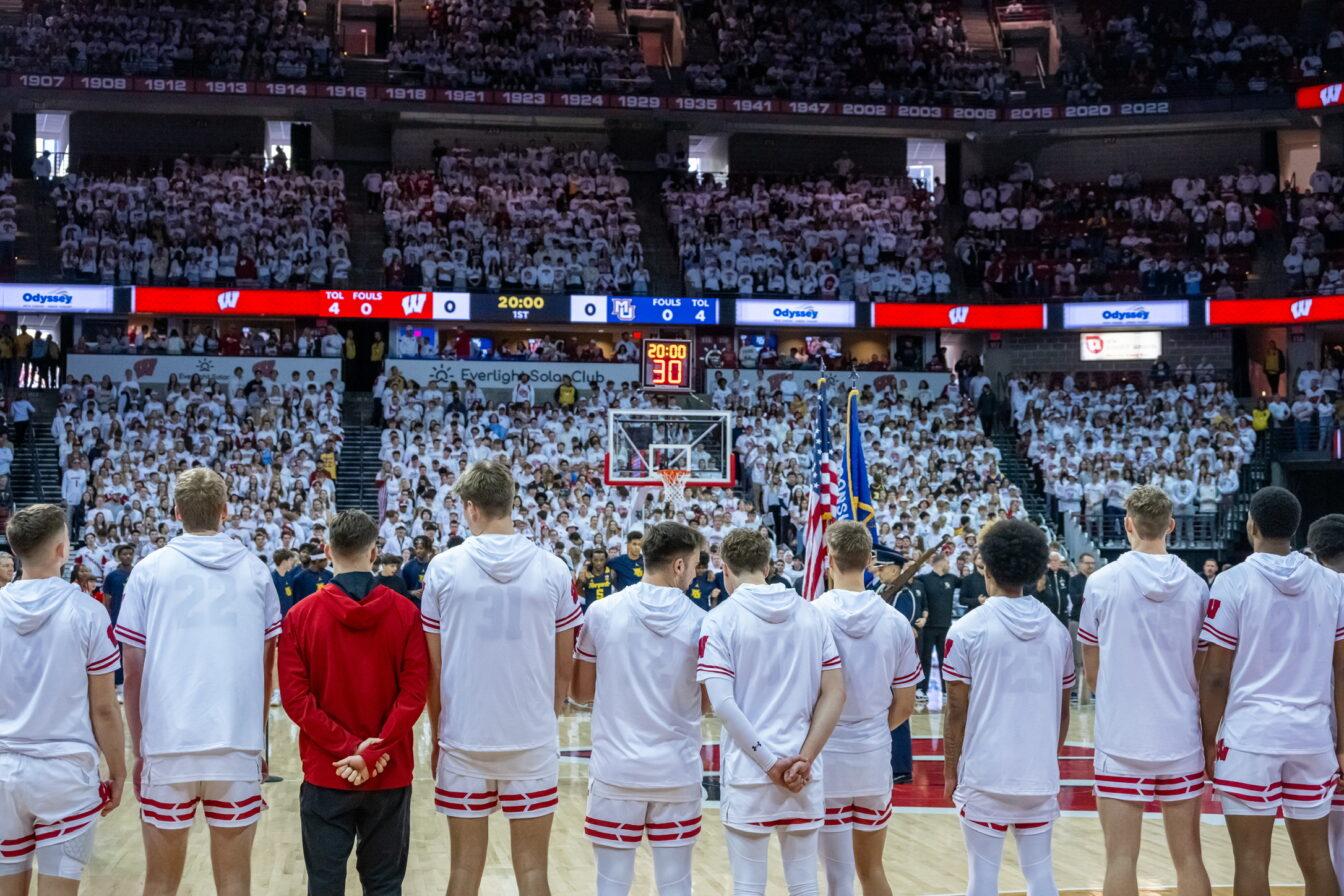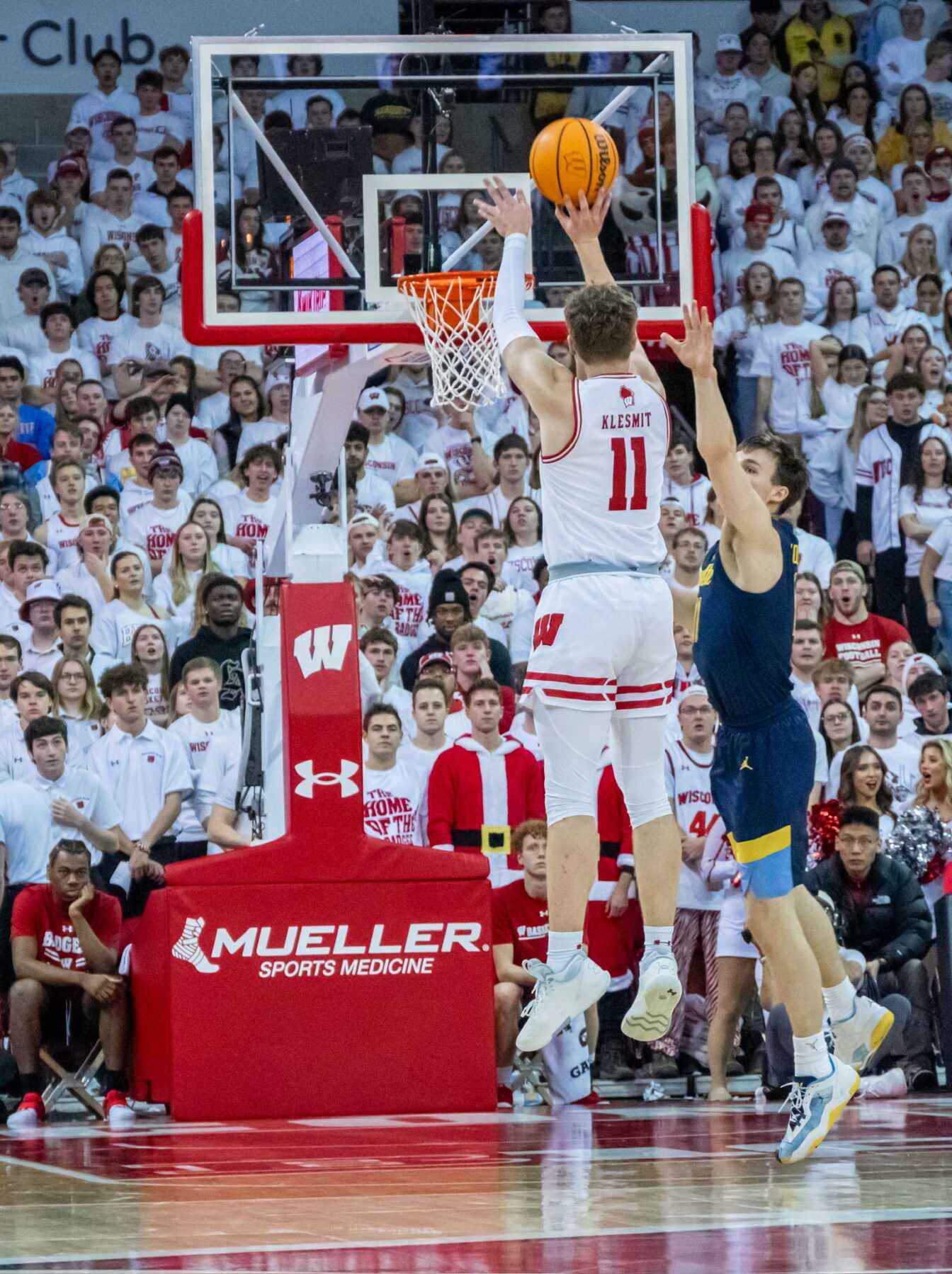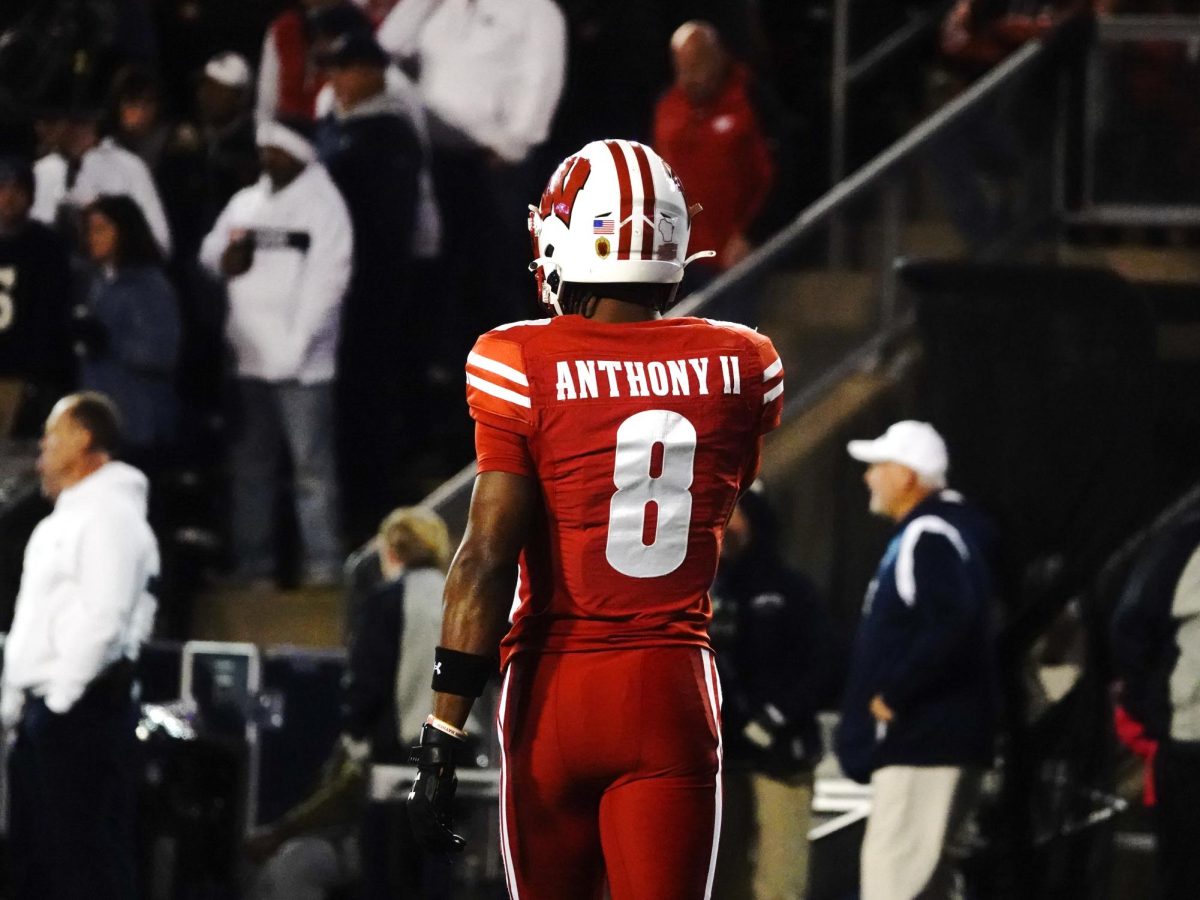
On a lucky occasion, wandering into the Field House after hours can render a surreal exposure. With dimmed lights and a faint reflection from the hardwood floors, the old gym almost seems false, an apparition, a sight linked in limbo of a storied past and a still-used future.
Maybe it’s in those moments; if you listen hard enough, the roars from April 9, 1960, still echo. A day where the championship banners of the Wisconsin boxing program didn’t seem so out of place in a place affectionately called the “old barn.” A day where the fate of two legends would be decided in a matter of minutes.
Simply the best
There was never a program that came close to the clout of the Badgers in the arena of intercollegiate boxing. Boxing at Wisconsin started out in April of 1920 with something called an “all university” boxing tournament. It featured student-boxers – and prominently, student-boxers who had been trained and exposed to boxing during the training regimens in the army during World War II – in six weight divisions vying to be named champion and was housed in a building that still stands as iconic as ever on campus: the Red Gym.
The event became so popular that it eventually had to be moved from the Red Gym – where 1,800 spectators had been in attendance for the 1929 finals – to the UW Stock Pavilion in 1930. That same year the tournament drew 8,000 fans for the finals. Finally, in 1931, the Field House was completed. Soon after, UW publicity director George Downer secured the new building for the 1931 tourney.
Just a few short years after the move, Wisconsin took the leap from amateur/intramural to official intercollegiate boxing in April of 1933, when it welcomed St. Thomas College of St. Paul, Minn., to the Field House. The match ended in a 4-4 draw, but the most noticeable result of the match came from who was in attendance.
Coaching and boxing for St. Thomas was a 21-year-old and Minnesota native by the name of John Walsh. Watching in the crowd, Downer saw a man he believed could lead Wisconsin boxing to the upper echelon. Originally planning to attend law school at St. Thomas, Walsh accepted the job upon learning St. Thomas was dropping its law program, opting to coach the Badgers and attend law school at UW.
The results speak for themselves as Walsh went from youngster to the greatest college boxing coach of all time. Wisconsin won five team championships under his guidance and went unbeaten and untied nine different seasons. In fact, Walsh was such a dominant coach that the unofficial champion trophy of college boxing was named after him in 1948, the year Wisconsin hosted the NCAA tournament.
The sport of violence
College boxing matches featured three two-minute rounds where the boxers would don headgear and larger gloves than the professional prizefighters. Still, critics saw boxing as a sport whose sole object was to hurt the opponent and that any risk of brain injury outweighed the benefits of the sport. Too barbaric, the critics said, for a prestigious school to be associated with, as reports of boxers suffering “punch-drunkenness” surfaced.
That criticism looked to have some measurable weight. According to author Martin Kane in an article entitled “You Can Blame it on the Moms” appearing in the March 30, 1959, issue of Sports Illustrated, in 1948 there were 55 colleges playing intercollegiate bouts. However, by 1952, just 29 teams remained with more on the verge of disintegrating.
“People have a visceral reaction against boxing,” author and Wisconsin State Journal columnist Doug Moe said. Moe wrote the definitive history of Wisconsin boxing in his book “Lords of the Ring: The Triumph and Tragedy of College Boxing’s Greatest Team.” “College professors maybe more than most for other reasons. There were discussions whether this was a good activity for prestigious universities to be engaged in. Certainly the boxing people here in Madison had a lot of support and belief among themselves that the sport built character to use a clich?, and was more than a worthwhile activity but they were losing ground because colleges were dropping it. Big boxing schools were getting out of it so the writing may have been on the wall.”
A study released by two doctors working for the New York State Athletic Commission in 1959, Harry Kaplan and Jefferson Browder, said there was no evidence in their study of 1,403 professional boxers using electroencephalograms that a blow to the head by a padded glove “rarely produces cerebral changes demonstrable by any test that we have at the present time.” They also went on to disagree with what they called a common medical opinion, saying there was no evidence to support the idea that a knockout in boxing caused multiple “pinpoint” hemorrhages in the brain.
Wisconsin continued on as signs that the sport was in decline swirled around them, even producing a champion in the NCAA meet the same year. That boxer was a 165-pound fighter named Charlie Mohr.
(Part 2 will appear in Thursday’s paper. Information and facts from Doug Moe’s book “Lords of the Ring” were used in this column.)








